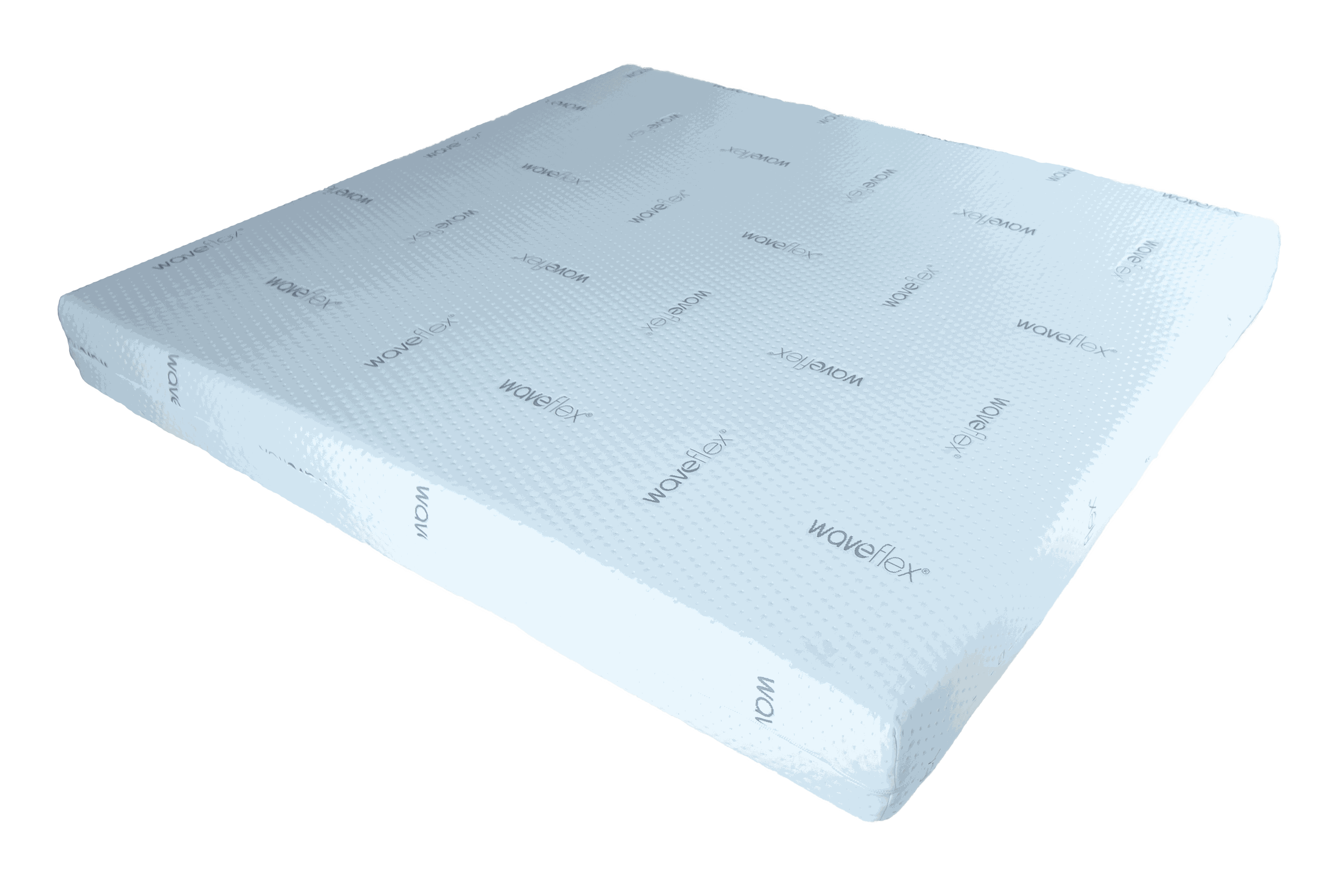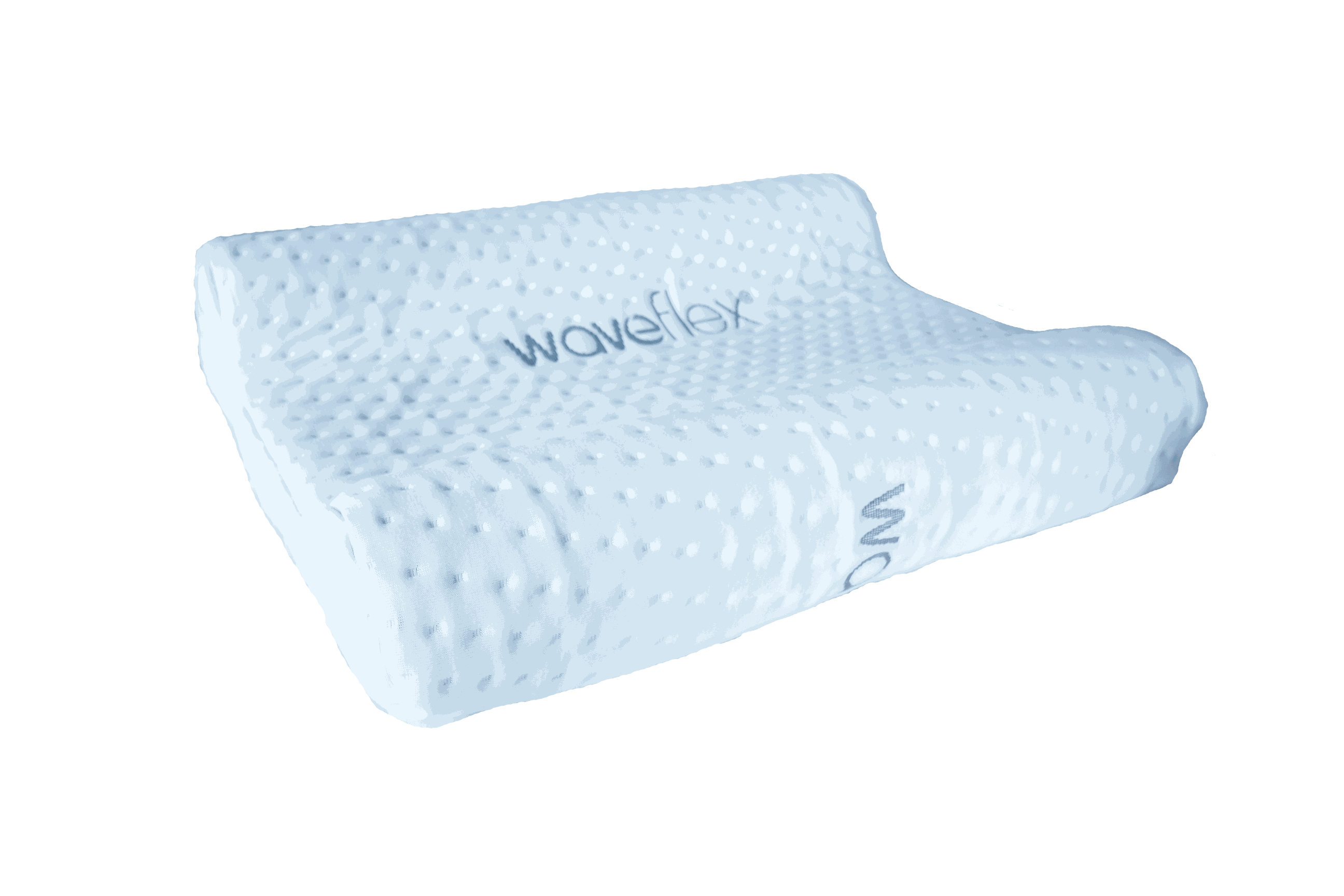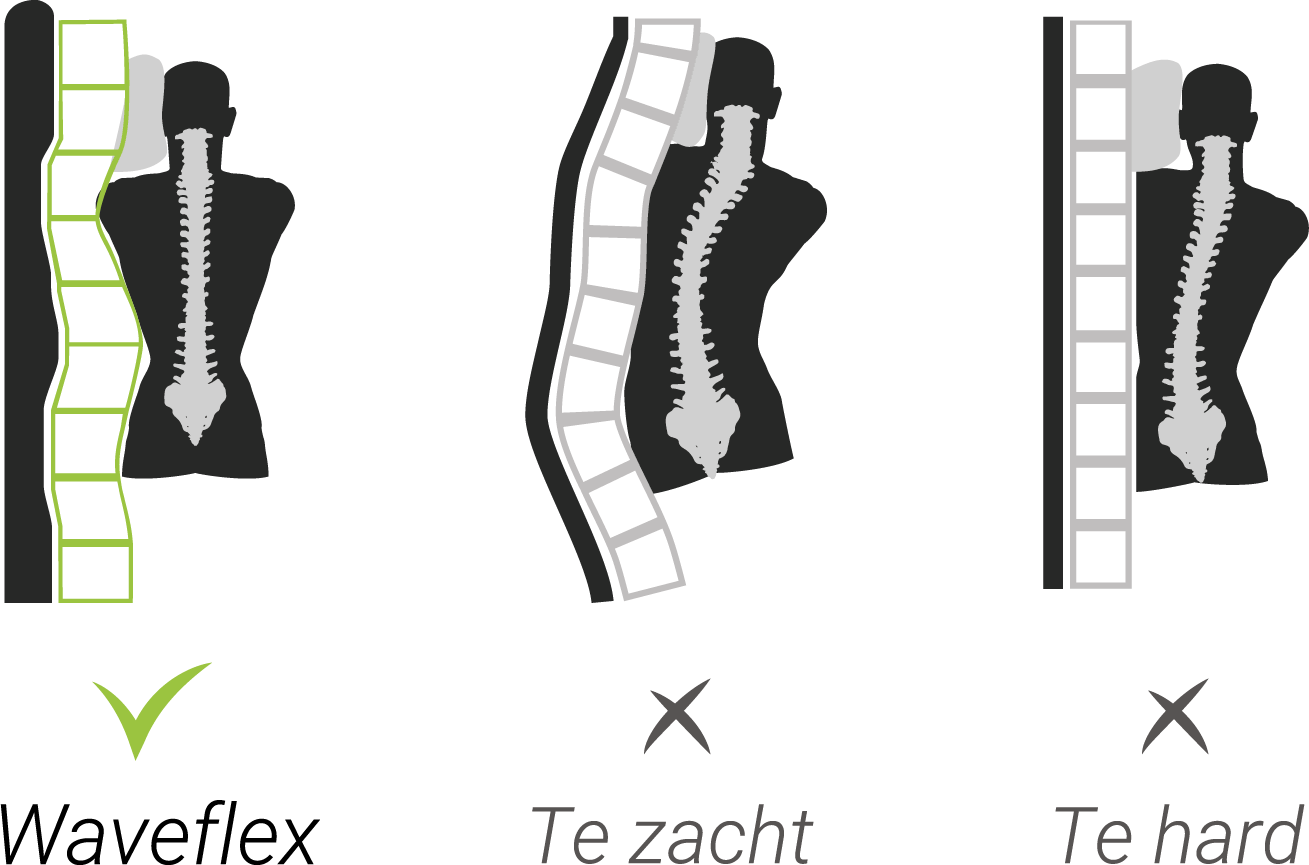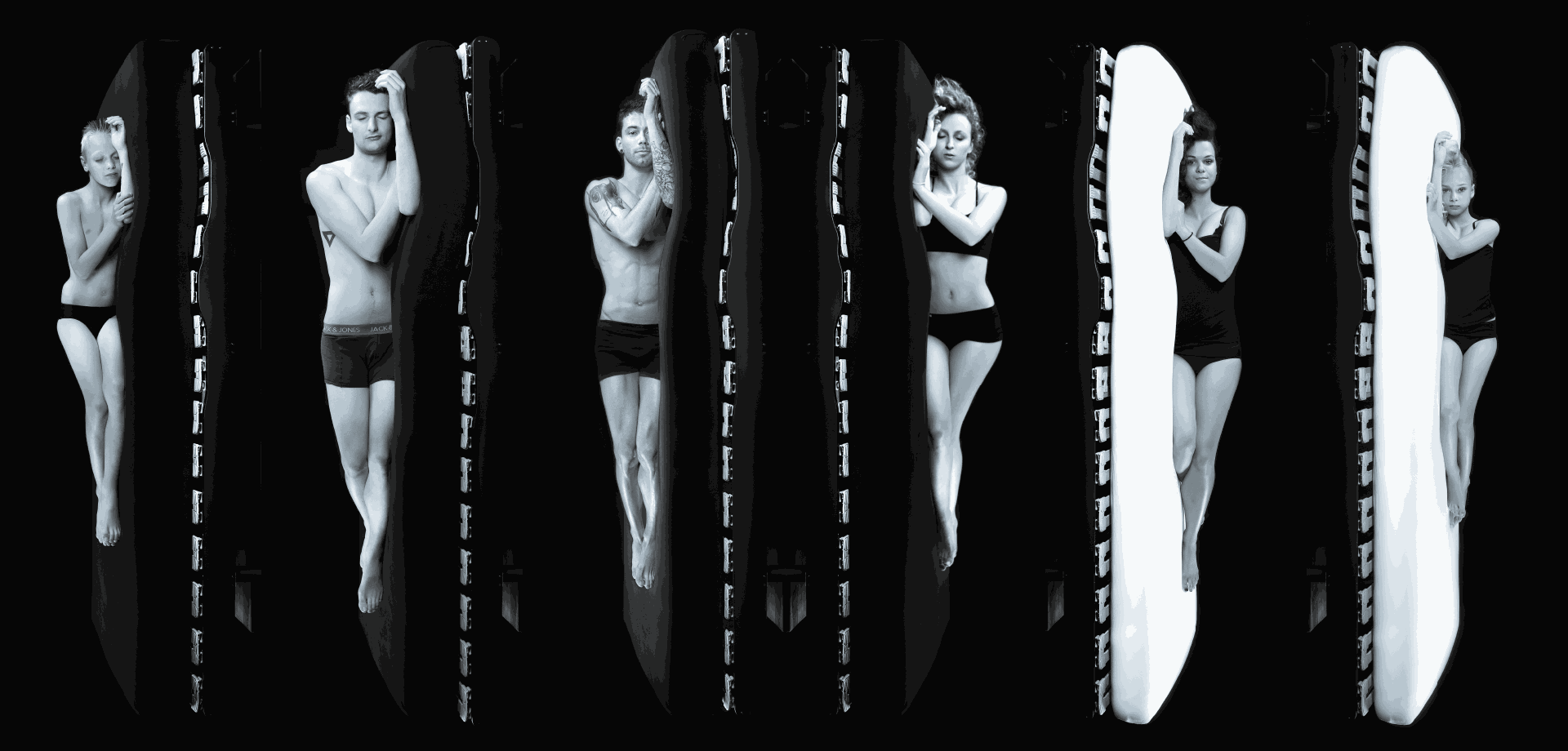de fysieke aspecten van een verkwikkende nachtrust
De kwaliteit van uw nachtrust hangt nauw samen met de houding van uw lichaam tijdens uw slaap. Veel slaapsystemen zijn te hard of te zacht. Het Waveflex® systeem zorgt voor de juiste balans: heel comfortabel, met een extreme aandacht voor een ideale positie. Want enkel op die manier kan uw lichaam maximaal recupereren.
Gezond slapen is een allesomvattende term die vaak gebruikt wordt om uiteenlopende aspecten van een goede nachtrust aan te duiden. Vaak gaat hier het overzicht en de belangrijkheid van de verschillende aspecten verloren. Wij bieden onze kijk:
Gezond slapen is volgens ons enkel mogelijk mits de juiste slaaphouding. Een correcte slaaphouding ontlast de rug (en nek) en stelt deze in staat om te recupereren. Een slechte slaaphouding gaat niet enkel het dagelijks herstel van de rug tegen, het kan ook problemen en klachten veroorzaken.
Daarnaast is een aangepaste slaapomgeving zeker ook van belang voor een gezonde nachtrust. Hier spreken we dan over het 'slaapklimaat': de omgevingstemperatuur, vocht regulatie, anti-allergische eigenschappen, instaphoogte van het bed en dergelijke.

Het uitgangspunt van ons slaapsysteem is steeds de slaper. Om te begrijpen wat een 'ontlaste' of 'ontspannen' rug is bekijken we even de anatomie van de rug.

In zijaanzicht zien we dat een menselijke rug bestaat uit opeenvolgende krommingen: de nek lordose (hol), de borst kyfose (bol), de lende lordose (hol) en het bekken kyfose (bol). Het belangrijkste om te onthouden hier is: het profiel van een ontspannen rug is niet recht!
Wanneer we dan de rug frontaal bekijken is deze wél recht. Echter mooi meegenomen is dat de kromming van de rug in profiel zich min of meer herhaalt in het silhouette van een persoon, namelijk: de nekholte, de schouders, de lenden en het bekken. Dit zorgt ervoor dat een aangepast slaapsysteem in principe beide krommingen kan opvangen.
De eerste concrete taak van een slaapsysteem (om tot een goede slaaphouding te komen) is om een volledig ontspannen slaper op te vangen. Een slaper zal namelijk geen controle hebben over zijn houding tijdens het slapen!
Deze taak wordt in de eerste plaats uitgevoerd door de bed bodem, in ons geval een lattenbodem. De Waveflex lattenbodem heeft als 'ankerpunt' een verhoogde lendenzone. Deze zone wordt langs beide zijden geflankeerd door verlaagde zones: de bekken zone en de schouder zone. De schouder zone is het meest verlaagd én heeft de soepelste werking (grote bewegingsvrijheid van de rubbers). De verlaagde zones zijn ruim genoeg om slapers van verschillende lengtes op te kunnen vangen. Om het profiel van de lattenbodem fijn te regelen per slaper kunnen er 3 koppels van latten aangepast worden van indrukbaarheid.

De matras moet de werking van de lattenbodem vervolledigen en mag bijgevolg niet te hard zijn! (harde matrassen vereffenen de hoogteverschillen te veel en zijn bijgevolg nadelig!). Een waveflex matras bestaat typisch uit 5 zones, overeenkomstig met de lattenbodem. De zone voor de benen, lenden en aan het hoofd zijn de minst indrukbare zones. De zones voor het bekken en de schouders zijn zeer indrukbaar.

Het kussen is het laatste onderdeel van de puzzel. Deze moet er voor zorgen dat de nek van de slaper ook voldoende ontlast is en zich in een neutrale positie bevindt. Een waveflex kussen is een zeer dun kussen met een verdikking op de uiteindes. Deze verdikkingen dienen om de nekholte op te vangen. (twee verdikkingen van verschillende dikte om twee maten te bieden in één kussen).

Door het mooie samenspel van onze lattenbodem en matras (met kussen als finishing touch voor de nek!) bekomen we een ideale houdingscorrectie.

Eenmaal de correcte houding van de wervelkolom bekomen is (door samenwerking van de lattenbodem en matras), is het nodig om de eventuele drukpunten op de slaper weg te werken om te garanderen dat deze in de bekomen positie kan blijven liggen (drukpunten zullen leiden tot 'woelig' slapen. De slaper verandert hierbij regelmatig van positie om pijn te voorkomen).
Deze taak is volledig weggelegd voor de matras. Een Waveflex® matras is zoals reeds gezegd opgebouwd uit 5 zones met verschillende zachtheden (geen hardheden!) om de druk op de slaper zo efficiënt als mogelijk weg te nemen.
![]()
Als laatste stap is het aan de slaper om de juiste gewoontes te kweken bij het slapengaan en de juiste slaaphouding aan te nemen.
Vaak wordt gezegd dat de juiste slaaphouding persoonsgebonden is en afhangt van persoonlijke voorkeur. Met Waveflex® spreken we dit te volmondig tegen. Zoals reeds aangehaald is het uitgangspunt voor het Waveflex® slaapsysteem de anatomie van de slaper en deze is over het algemeen voor iedereen gelijk. Er bestaat dus wel degelijk een universele, ergonomisch optimale slaaphouding.
De ideale slaaphouding is met een ontspannen, neutrale houding voor de rug en beide benen lichtjes opgetrokken. De ontspannen, neutrale houding voor de rug garandeert een maximale herstelling tijdens het slapen. Het optrekken van de beide benen is nodig om het bekken (de laatste schakel van de wervelkolom) in een correcte houding te krijgen en de onderrug te beschermen.
Deze houding is het eenvoudigst te bereiken in zijlig (mits een aangepast slaapsysteem zoals de Waveflex®!).


Een tweede optie is om deze houding aan te nemen in ruglig. Hierbij is het optrekken van de benen wat moeilijker, maar dit kan ook bereikt worden aan de hand van een elektrisch verstelbare lattenbodem of door dikke kussens onder de knieën te plaatsen.

Een andere optie die door veel mensen verkozen wordt, is in buiklig. Dit is ten stelligste afgeraden! Niet alleen bestaan er geen slaapsystemen met de juiste aanpassingen om de wervelkolom neutraal te houden in buiklig, maar ook is het zeer slecht voor de nek en de hersenen. Buiklig verplicht de slaper om zijn hoofd ver op zij te draaien. Dit veroorzaakt een hoge belasting op de nek en afknelling van de bloedtoevoer naar de hersenen.
De beste manier om een slaapsysteem te evalueren voor een specifieke slaper is een foto nemen van de slaper op dit slaapsysteem en de foto rechtop plaatsen. Op deze manier kan je visueel heel snel controleren of de rug recht (= neutraal) is.

